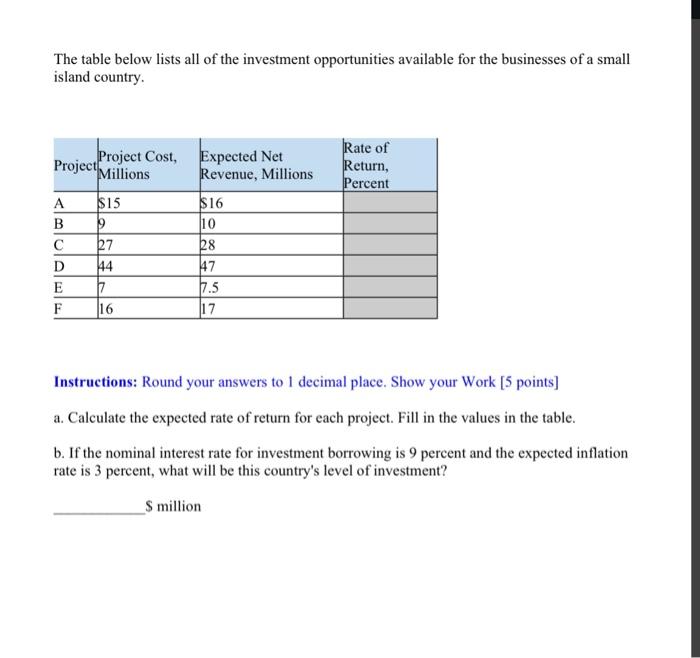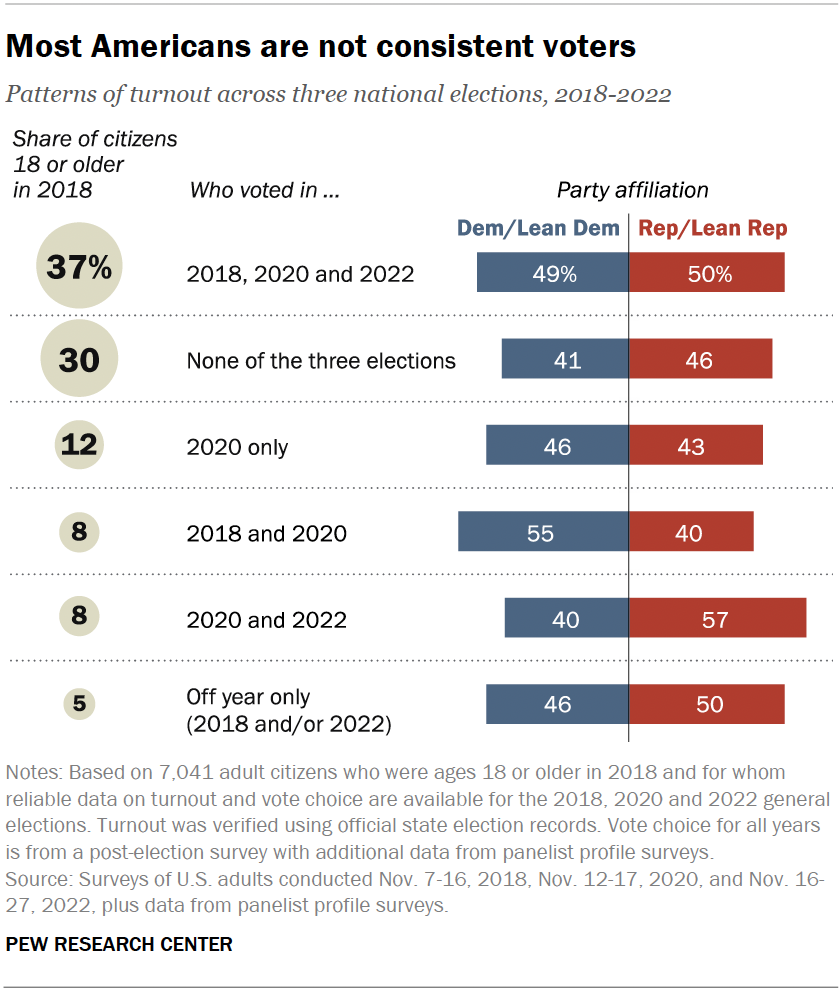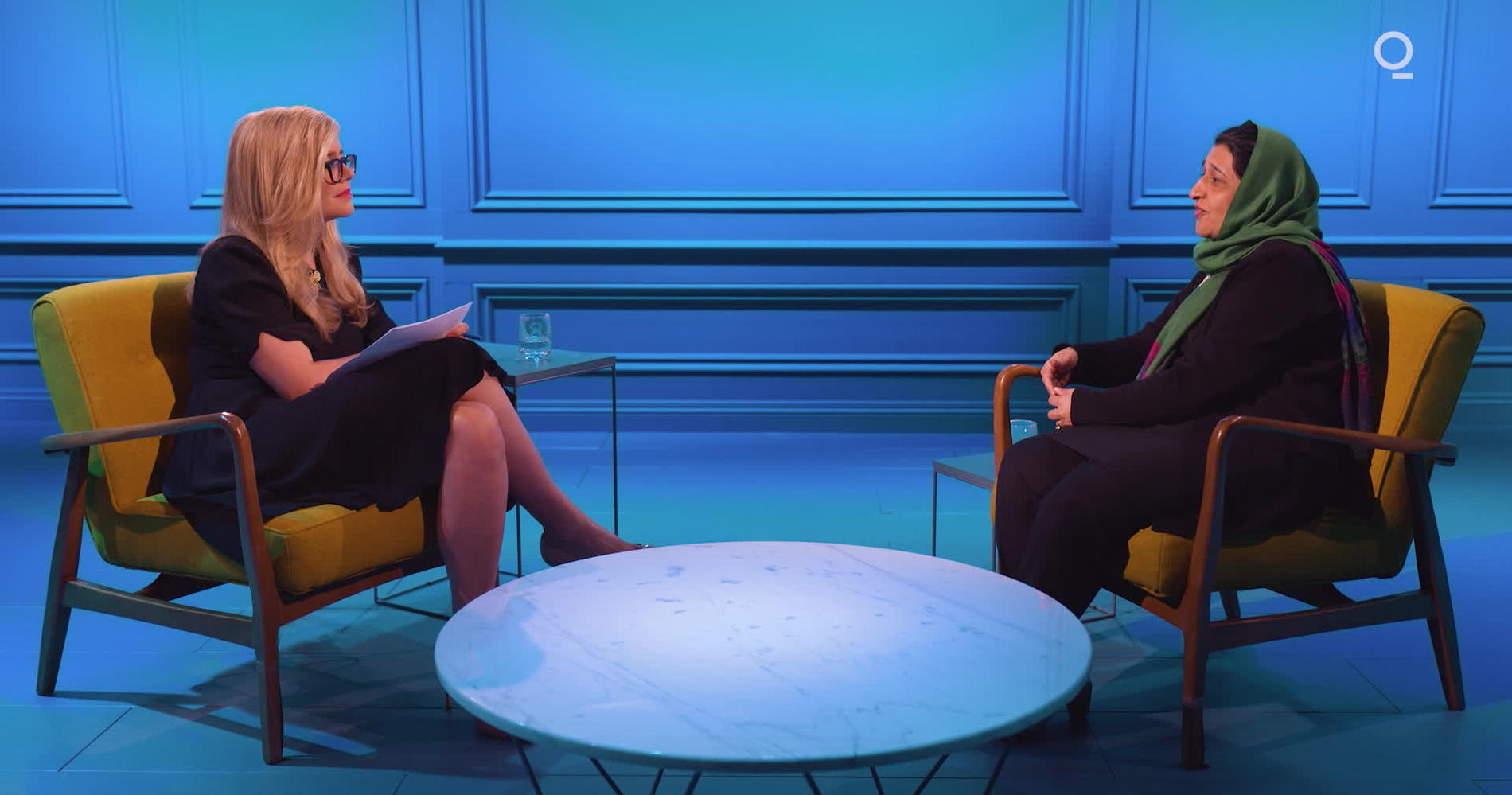The Smart Ring's Promise: Can Technology Enhance Relationship Honesty?

Table of Contents
Smart Ring Technology and Its Capabilities
Smart rings are more than just stylish accessories; they are miniature technological marvels capable of tracking a wealth of physiological and activity data. This data, some argue, could offer insights into a person's emotional state, potentially revealing inconsistencies or deception. However, it's crucial to approach this with caution and a realistic understanding of the technology's limitations.
Data Tracking and Monitoring
Many smart rings track heart rate, sleep patterns, activity levels, and even skin temperature. These metrics could, theoretically, be used to detect signs of stress or unusual behavior.
- Examples of potentially relevant data: A significant increase in heart rate during a seemingly innocuous conversation might indicate stress or deception. Conversely, consistent sleep disturbances following an argument could suggest unresolved conflict.
- Specific smart rings and features: Oura Ring and Motiv Ring are examples of popular smart rings with advanced health tracking capabilities. These features often include detailed sleep analysis and heart rate variability (HRV) measurements, data points sometimes associated with emotional well-being.
- Privacy concerns: The collection and storage of such intimate personal data raise serious privacy concerns. Data security breaches could expose sensitive information, and the potential for misuse by third parties or even partners themselves must be considered.
Communication Features
Beyond health tracking, some smart rings offer communication features that could theoretically promote transparency.
- Examples of features: Discreet notifications can signal arrival home, alleviating a partner's anxieties. Location sharing, with explicit consent, can build trust and reassurance.
- Improved communication: These features can potentially lead to improved communication by providing less ambiguous signals about location and availability.
- Potential for increased surveillance: The constant connectivity and data collection inherent in these features can also create a sense of being constantly monitored, eroding personal space and potentially increasing stress and suspicion.
The Psychological Impact of Smart Rings on Relationships
The introduction of smart rings into a relationship could significantly impact the psychological dynamics between partners. The potential for both positive and negative effects is substantial.
Increased Trust and Security (or Conversely, Anxiety)
The increased transparency offered by data sharing could foster a sense of trust and security. However, this is far from guaranteed.
- Potential benefits: Increased accountability and transparency may lead to a stronger sense of trust and reduced suspicion.
- Potential drawbacks: Constant monitoring can create a climate of anxiety and suspicion, undermining the very trust it aims to build. Partners might feel pressured to constantly justify their actions, even if they are innocent.
- Existing research: While research on the specific impact of smart rings on relationships is limited, studies on the broader effects of wearable technology and data sharing on intimacy and trust are beginning to emerge.
The Role of Communication and Consent
The success of using smart rings to enhance relationship honesty hinges entirely on open communication and mutual consent.
- Establishing boundaries: Before integrating such technology, couples must have transparent conversations about their expectations, boundaries, and comfort levels.
- Informed consent: Both partners must fully understand how the data will be used and shared. Consent must be freely given and readily revocable.
- Power imbalances: The potential for power imbalances must be addressed proactively. One partner shouldn't use the technology to exert control or manipulate the other.
Ethical Considerations and Limitations of Smart Rings in Relationships
While the potential benefits of smart rings are intriguing, several significant ethical considerations and limitations must be acknowledged.
Privacy Concerns
The collection and use of personal physiological data raise considerable privacy concerns.
- Data security: Smart rings are susceptible to hacking, data breaches, and unauthorized access, potentially exposing highly sensitive information.
- Legal and ethical implications: Using data without explicit and informed consent has serious legal and ethical ramifications.
Accuracy and Interpretation of Data
Physiological data is not a foolproof indicator of honesty or deception.
- Limitations of physiological data: Heart rate, sleep patterns, and other metrics are influenced by various factors, making it difficult to draw definitive conclusions about a person's emotional state or behavior.
- Context is crucial: Human judgment and context are essential in interpreting physiological data. Raw data alone is insufficient.
Potential for Misuse and Manipulation
The potential for using smart ring data for malicious purposes is significant.
- Coercive control: Data collected from a smart ring could be used to manipulate or control a partner, fostering gaslighting or other forms of emotional abuse.
Conclusion
Smart rings offer intriguing possibilities for enhancing honesty in relationships, but they are not a magic bullet. While features like data tracking and discreet communication could, in theory, contribute to increased transparency, their effectiveness depends entirely on responsible use, clear communication, mutual consent, and a deep understanding of the ethical and privacy implications. The potential for misuse and the limitations of interpreting physiological data cannot be ignored. Ultimately, building honest relationships requires open communication and trust, and while smart rings offer intriguing possibilities, they are only one tool in a much larger picture. Think carefully about how technology like the smart ring might impact your own relationships.

Featured Posts
-
 Christina Aguilera A Fans Inappropriate Kiss Sparks Controversy
May 03, 2025
Christina Aguilera A Fans Inappropriate Kiss Sparks Controversy
May 03, 2025 -
 A Place In The Sun Top Locations And Investment Opportunities
May 03, 2025
A Place In The Sun Top Locations And Investment Opportunities
May 03, 2025 -
 Alastthmar Fy Aljbht Alwtnyt Istratyjyt Jdydt Wfq Wrqt Syasat
May 03, 2025
Alastthmar Fy Aljbht Alwtnyt Istratyjyt Jdydt Wfq Wrqt Syasat
May 03, 2025 -
 Dramatic Facelift Actress Sparks Debate With Altered Appearance
May 03, 2025
Dramatic Facelift Actress Sparks Debate With Altered Appearance
May 03, 2025 -
 Fortnite Servers Down Update 34 40 Brings Planned Offline Time
May 03, 2025
Fortnite Servers Down Update 34 40 Brings Planned Offline Time
May 03, 2025
Latest Posts
-
 Florida And Wisconsin Election Results What The Numbers Reveal
May 03, 2025
Florida And Wisconsin Election Results What The Numbers Reveal
May 03, 2025 -
 Understanding The Political Climate Voter Turnout In Florida And Wisconsin
May 03, 2025
Understanding The Political Climate Voter Turnout In Florida And Wisconsin
May 03, 2025 -
 Voter Turnout In Florida And Wisconsin What It Means For The Future Of Politics
May 03, 2025
Voter Turnout In Florida And Wisconsin What It Means For The Future Of Politics
May 03, 2025 -
 Techiman South High Court Judgement On Ndc Election Petition
May 03, 2025
Techiman South High Court Judgement On Ndc Election Petition
May 03, 2025 -
 Why No More Joint Radio 4 Shows For Nick Robinson And Emma Barnett
May 03, 2025
Why No More Joint Radio 4 Shows For Nick Robinson And Emma Barnett
May 03, 2025
